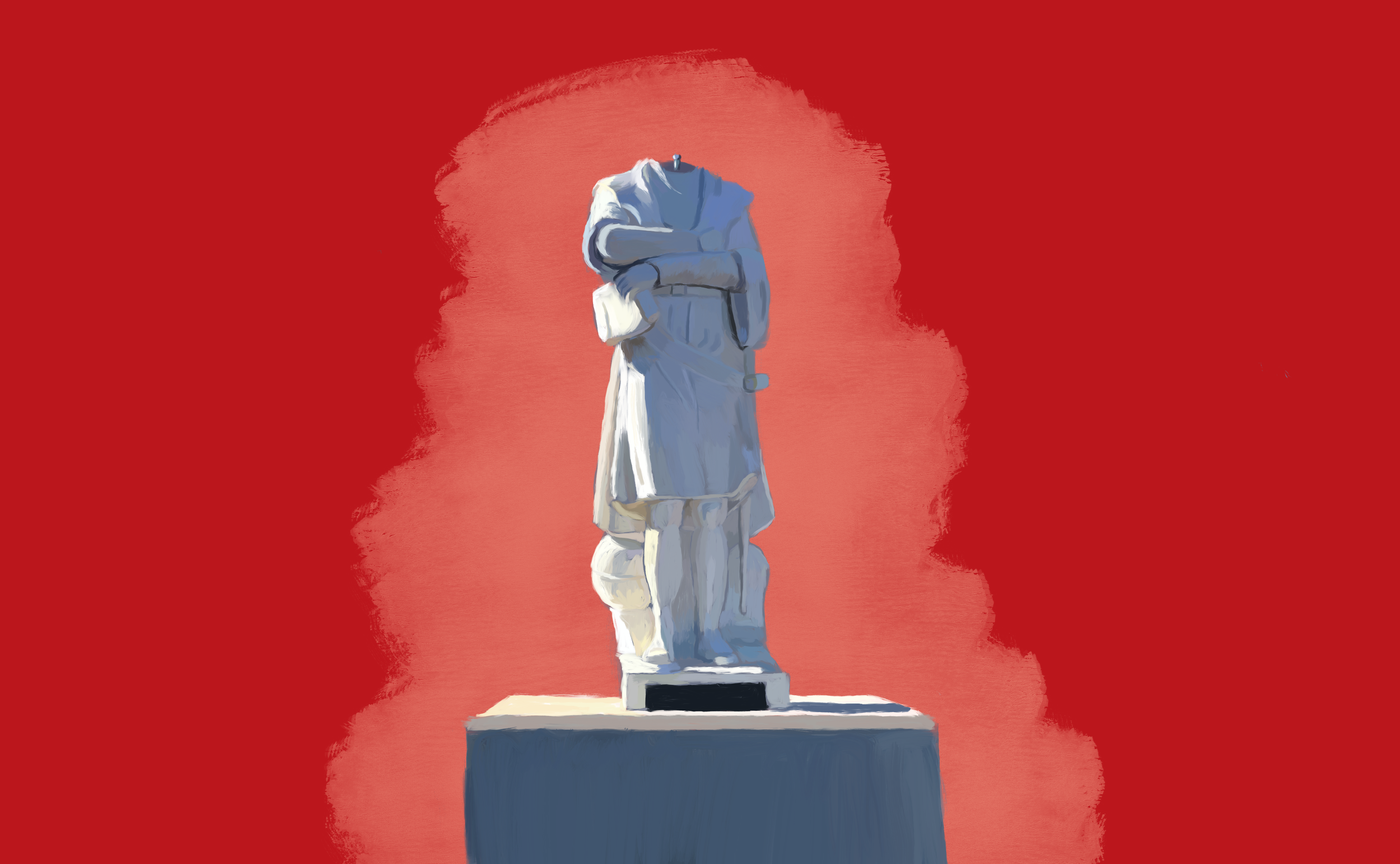Archives
The Colonial History of Geology in the United States, Part Two
We left off in Part One in the midst of a discussion about the connections between the history of geology and the histories of settler colonialism, the imperial state, and extractive industry in the U.S. We continue that conversation here, with our two participants, Tamara Pico and Gustave Lester. This conversation has been edited for clarity.
Gustave Lester is a PhD candidate in the History of Science at Harvard University and a current dissertation fellow at the Science History Institute.
Tamara Pico is an assistant professor of Earth and Planetary Sciences and affiliated with the Science & Justice Research Center at the University of California, Santa Cruz.
Toppling Colston, Centering Black Lives
There is an empty plinth in Bristol. It sits within a stone’s throw of the Cenotaph (Bristol’s monument to its First and Second World War dead), a plaque commemorating the Burma Campaign of 1941-1945, a statue of the conservative Irishman and imperialist Edmund Burke, and an Indian restaurant named 4500 Miles from Delhi. The plinth, until very recently, held its own public signifier of Britain’s former empire: the slave trader and Royal African Company (RAC) employee, Edward Colston. The plaza lies in the shadow of Colston Tower, and a heavy traffic of lorries and commuters follows the curve of Colston Avenue around it. The fact that Black Lives Matter activists had to hoist Colston into Bristol’s harbor for the link between this local ‘philanthropist’ and the state-supported dispossession, sale, or violent death of 1.3 million Africans to be widely acknowledged is a curious feature of Britain’s simultaneous remembering and obliviating of the enormous wealth generated from its investment and perpetuation of Atlantic slavery and the slave trade. However, not only considerations of wealth or institutions are missing from both common memory and how the statue’s fall has been discussed – Black people’s histories and presents are all too often obscured behind recitations of Colston’s biography or a focus on the institutions to which he belonged.


